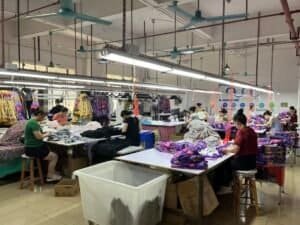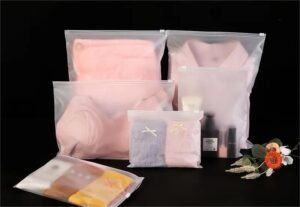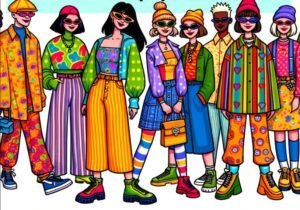As the CEO of Natural Touch Clothing, I’ve always been fascinated by the allure of silk. It’s not just a fabric; it’s a statement of elegance and sophistication. But have you ever wondered why silk fabric clothes are so expensive?
Silk, known for its smooth texture and lustrous sheen, is often associated with luxury and exclusivity. This perception isn’t unfounded, as the production of silk involves complex, time-consuming processes, making it more costly than other fabrics. Its uniqueness lies not just in its feel and appearance but also in the intricate journey from cocoon to cloth.

What Makes Silk So Special?
Silk’s journey begins with the silkworm, Bombyx mori, which feeds exclusively on mulberry leaves. The process of cultivating these silkworms and harvesting their cocoons is known as sericulture. This labor-intensive process is one of the primary reasons behind silk’s high price.
Why Is Sericulture Expensive?
Sericulture requires a controlled environment to ensure the quality of silk. From maintaining the temperature to feeding silkworms at regular intervals, every step needs meticulous attention. Moreover, it takes about 2,500 silkworms to produce a pound of raw silk. This sheer volume, coupled with the labor required, adds to the cost.
What About the Weaving Process?
Once the silk fibers are harvested, they undergo a series of processes before being woven into fabric. The weaving of silk, especially for intricate designs, often requires skilled artisans. This craftsmanship, a blend of tradition and skill, further adds to the value of silk garments.
How Does Quality Affect Price?
The quality of silk is another factor that influences its price. The grade of silk can vary based on the fineness of the thread and the cleanliness of the fiber. High-end silk fabrics, like those we use at Natural Touch Clothing, boast superior quality, ensuring durability and a luxurious feel.
Does Silk’s Durability Justify Its Cost?
Despite its delicate appearance, silk is one of the most durable natural fibers. Its natural protein structure makes it resilient, meaning silk garments can last for years with proper care. This longevity is a key aspect of its value proposition.
How Do Fashion Trends Influence Silk Prices?
Fashion trends also play a role in silk’s pricing. Silk’s versatility makes it a favorite among designers for everything from everyday wear to haute couture. As demand in the fashion industry fluctuates, so does the pricing of silk garments.
Is Silk Sustainable?
In the era of environmental consciousness, the sustainability of silk is a topic of interest. Silk is a renewable resource, and its production is relatively environmentally friendly compared to synthetic fibers. This aspect, increasingly important to consumers, also contributes to silk’s high perceived value.
What About Silk’s Ethical Considerations?
The ethical aspects of silk production, particularly the traditional method that involves boiling the cocoons with the larvae still inside, raise concerns for some consumers. However, alternatives like Ahimsa silk, produced without harming the silkworms, offer a more ethical choice, albeit at a higher price.
Conclusion
Silk’s exclusivity isn’t just about its price tag; it’s about the story it tells and the experience it offers. As a natural, durable, and versatile fabric, silk represents a confluence of art, tradition, and luxury. Its price reflects not just the material cost but the craftsmanship, heritage, and ethical considerations that go into its making.





